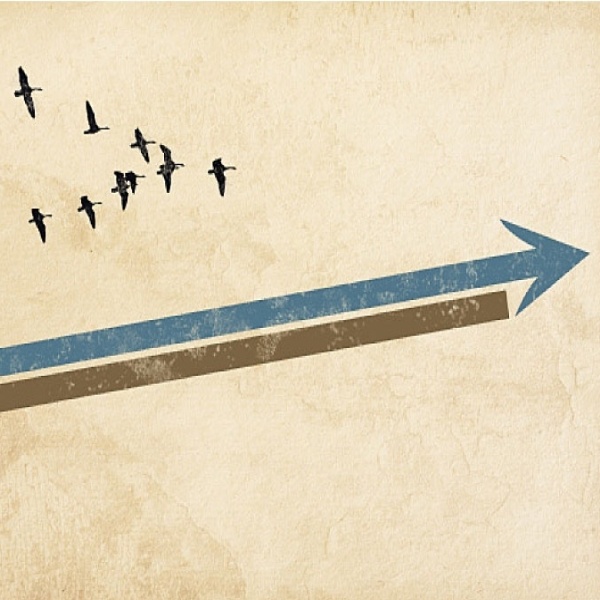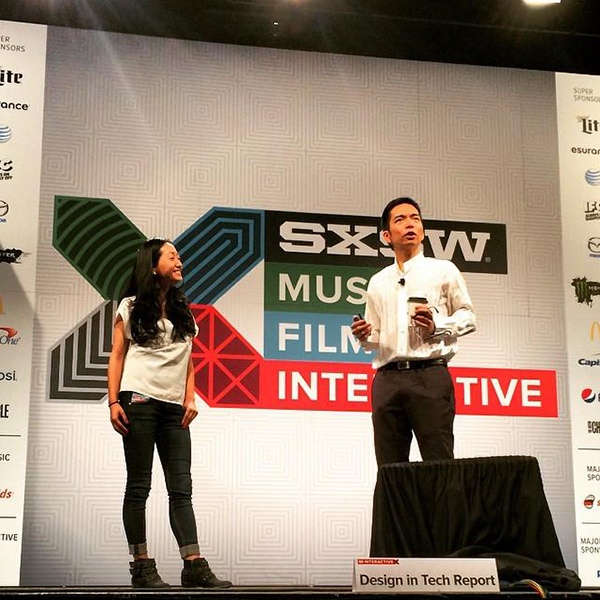What is disruptive? Is it the company that reinvents a category, or the one that creates an entirely new category? In the case of cities, London’s road system was based on paving ancient pathways, while Washington D.C.’s grid was laid out in advance of breaking ground. Both are great cities today, but their structures came from entirely different ways of thinking.
The same is true of companies and brands.
Innovation is swirling around the financial sector today with companies reinventing ways to buy, sell, get paid, lend or borrow money, and finance companies. But for the most part, they are bringing their new thinking and technology to incrementally improve existing mechanisms. Even virtual currency is a new take on an old idea.
The practice of medicine is as old as civilization, but ongoing innovations in pharmaceuticals, medical technology, and data mining are enabling new predictive insights and treatment options that did not exist before.
Cloud services that leverage the connective tissue of the Internet are replacing old-school paper and obsolete digital records in every industry, speeding the availability and quality of information. Is this disruptive enough to stand out?
How can you stand out?
Of the roughly 6.3 million patents filed in the U.S. between 1999 and 2013 (2,481,795 granted), 53% were in computer technology, digital communication, telecommunications, semiconductors, electrical machinery, medical technology, pharmaceuticals, chemistry, biotechnology, and measurement sectors.
But 47% were in a category called “other.” So innovation is everywhere.
With that many innovations pouring out each year, how can a company differentiate its technology enough to stand out? Brand strategy can help.
Brand strategy and branding can help
Brand strategy is a process that helps business people identify what’s important about a new technology, product, or service. Why it matters, who stands to benefit from it, and who might stand in its way.
Brand strategy, especially emotive branding techniques, also defines how to communicate the most important facts about a new concept to people in a way that connects on a deeper, more emotionally meaningful level. It helps companies scale and grow product lines, penetrate new markets, and spread globally.
No matter what you’re inventing or reinventing, brand strategy can put it into a meaningful context that people can understand and identify with. It works for incremental advances in existing categories – paving the cow paths – and for brand-new ideas that don’t fit into a conventional category.
See how we’ve helped many disruptive technologies launch, grow, and thrive.
Emotive Brand is a San Francisco branding agency











